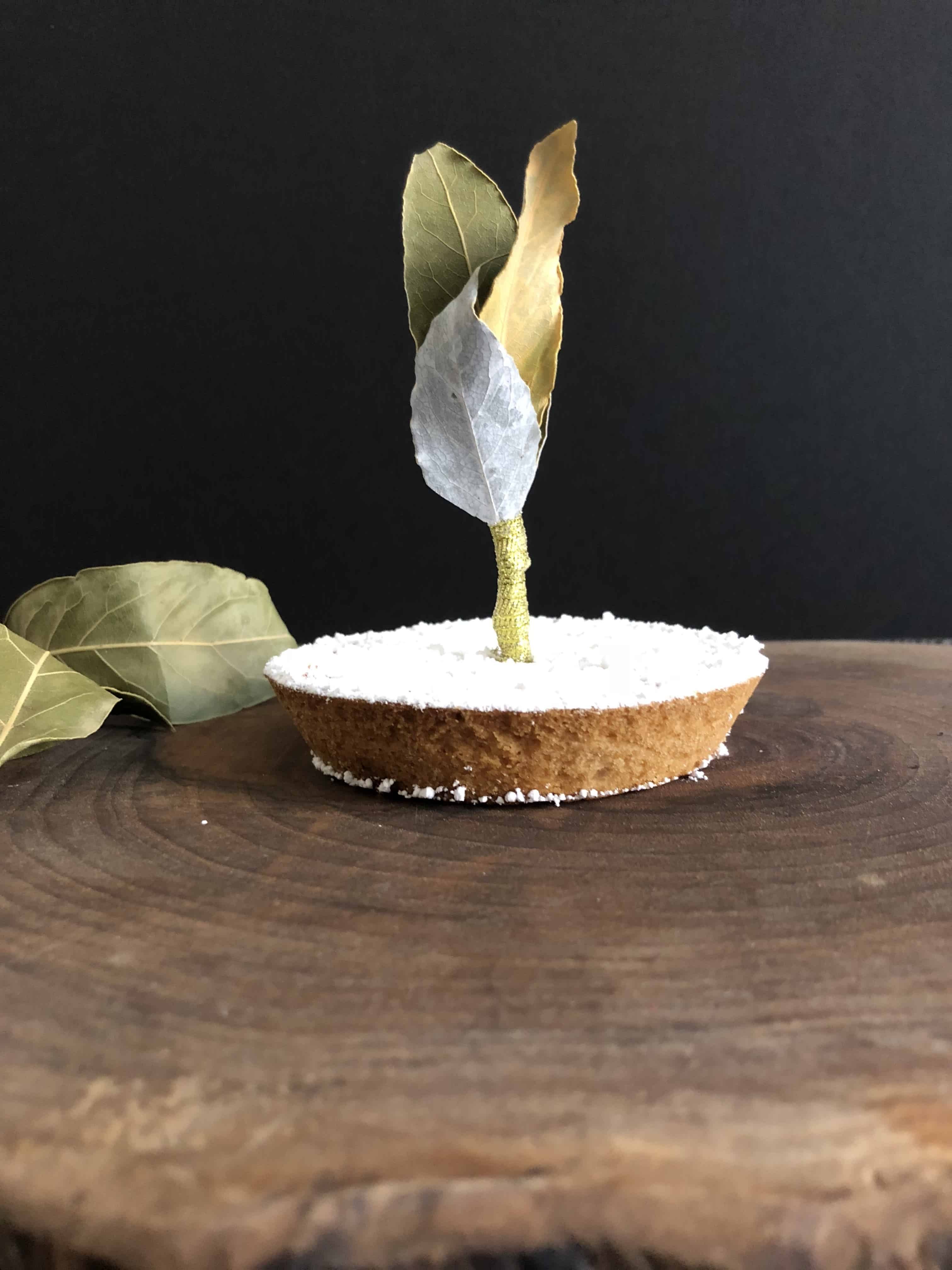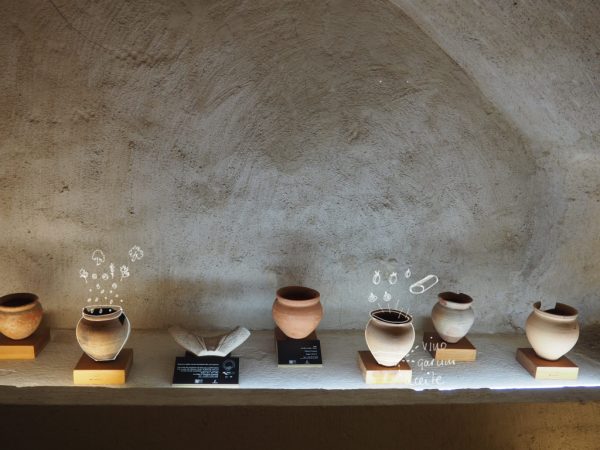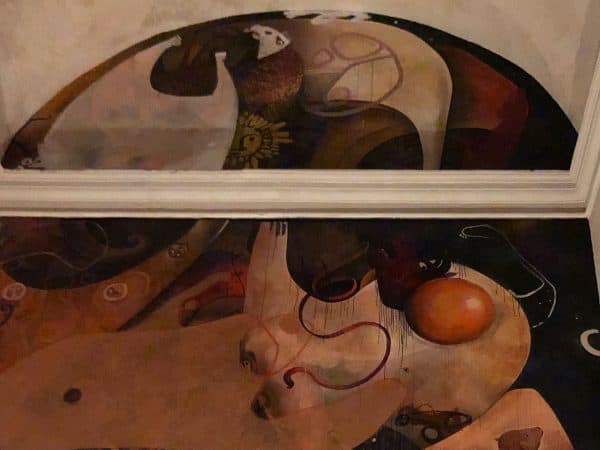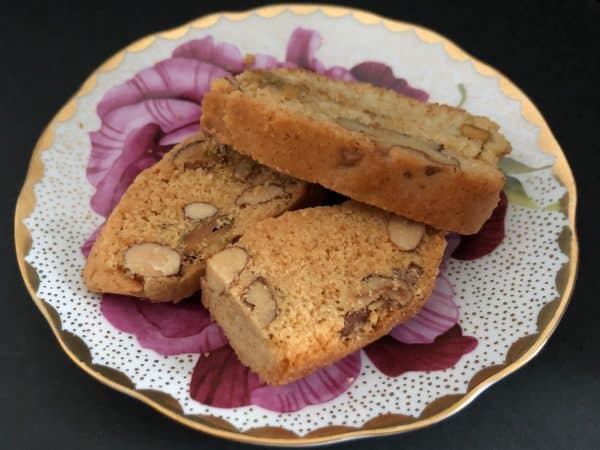To celebrate the recipes category of mycurioseaty, I believe baking a cake would be in order, don´t you think? It has to be a grand cake of course, a royal one if possible, not just any cake.
Do you remember the first piece of the blog on cake decoration, where I showed you an image with a banquet starred by Philips II, Charles V and co.? Well, it´s not a cake, but the tart on that painting looks pretty grand to me. Let´s bake that, or at least give it a try. One royal tart to go, please!
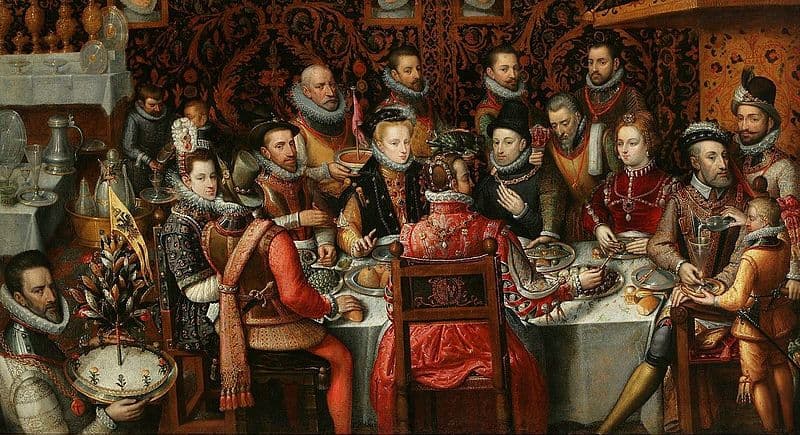
But how could we possibly know what it tasted like, what ingredients could have been used? Well, don´tt worry, to find out what type of tart this might have been, I have searched in written sources from around that time, end of the 16th, beginning of the 17th century, specifically in historic cookbooks from the Low Countries. The paintings with similar tarts I showed in that article were made there, and the title of the royal banquet is quite clear about who was in charge in Flanders at the time. It is quite possible that similar tarts became fashionable, or maybe they were already. What has become clear when searching in these cookbooks is that these types of tarts were made and eaten, not only at royal tables.
A candidate recipe can be found in a cookbook from the beginning of the 17th century in Leuven, city which was then part of the Spanish Netherlands. The so-called Koocboec of Antonius Magirus[1], contains a total of 55 recipes for pies and tarts, which is quite a compilation.
What strikes your attention, while reading these recipes, is the clear distinction that is often made between white and dark tarts and pies. Depending on the ingredients the cooks had or the ones that could be replaced for others, the result would be a lighter or darker filling. If we look closely at the painting, we can see both types. The tart with the lighter filling can be found on the foreground and the brown one more at the back of the scene. Given the level of decoration and the prominent place, it appears the lighter one is more important. This distinction could be similar to the one that used to be made between white and wholegrain bread. Maybe something that is worthwhile exploring.
Back to the recipe, I have to admit, that adaptation to current circumstances is in place. I´m used to doing it with contemporary recipes as well. You can also call it: doing whatever you like. Besides, older recipes don´t tend to be very detailed in quantities or instructions. So, let´s give it a try then!
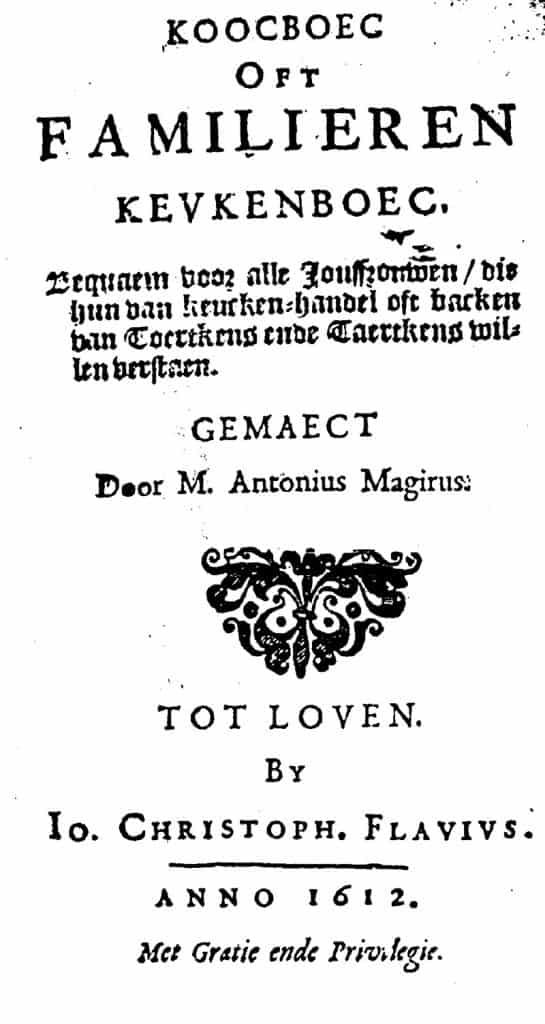
Today we are going to prepare a ´royal tart with pine nuts, almonds and other stuff´.[1] Yes… stuff is part of the ´detailed´ description I´m afraid, let´s see what it is. Nevertheless, the royal part of the title suits our painted tart, as well as the fancy pine nuts and almonds.
First, I will reduce quantities, otherwise we will be eating tart for a month. Besides, the pound of pine nuts that goes into the filling would take away a big chunk of the recipes budget. Regarding the ginger, I have used just a teaspoon of the powdered version. I do wish to try this recipe with stem ginger on syrup, I´sure it would suit the tart very well.
The dough is made with the ingredients of a shortbread crust, which is almost identical to the ones listed by Magirus[1], except for the baking powder or self-raising flower some people use today.
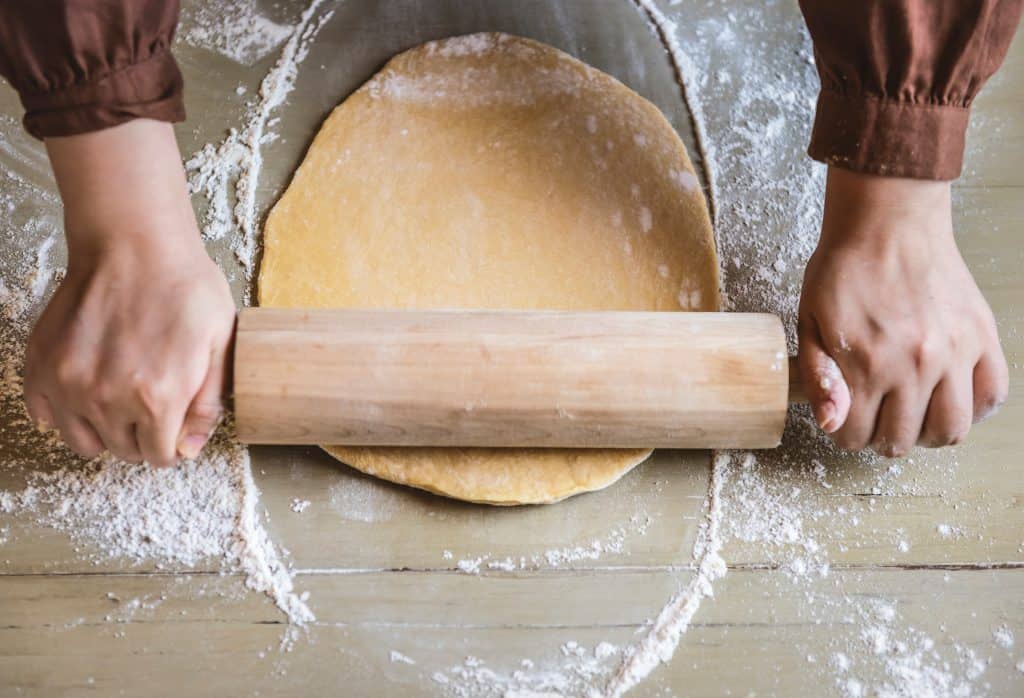
Royal tart with pine nuts and almonds
Ingredients:
For 2 individual round pie molds or 1 mold of 15cm
The dough:
150g self raising flour
75g butter
35g icing sugar and some more for decoration
1 egg yolk
12g rose water
The filling:
50g peeled almonds
50g pine nuts
100g sugar
75g cream cheese
1 egg yolk, beaten
40g apple
1 tsp ginger
Pinch of nutmeg
Splash of rose water
Method
The dough:
Sieve the flour onto a clean flat surface. Add the butter in cubes and mix well with your fingers. Add the yolk, sugar, rose water and mix without kneading the dough. Form a ball, wrap it in plastic and let it rest for a few hours in the fridge.
Roll out the dough and cover the mold with it. Pick the dough with a fork to prevent it from raising and bake the crust in a preheated oven at 180ºC for aprox. 10-15 minutes. Let it cool.
Filling:
Grind the almonds and pine nuts together with the apple. Add all the remaining ingredients and mix well. Pour the mixture into the crust and bake at 180ºC for 15 minutes or until slightly golden. Let the tart cool down and finally dust with icing sugar.[1]
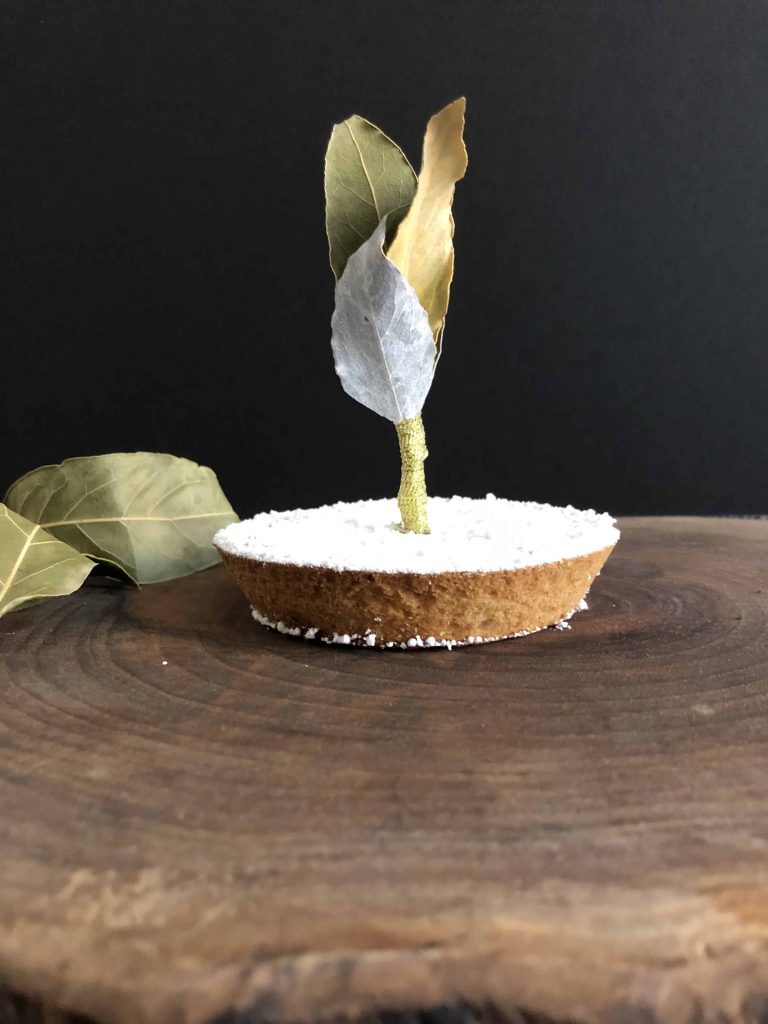
In honour of the tart from the painted banquet, I have decided to laureate my royal tart as well, a bit more modest of course, with just a few leaves.
And now to the taste, which is a curious one I must admit. It seems like a mix between an almond cake and a baked cheese cake with spicy and floral touches, but definitely worth the try. Not many people can say they ate a royal tart just like the one served to Philips II of Spain.
So, fancy an ancient royal tart? Here´s your chance. Enjoy!
[1] Interpretation of the original text. Dutch transcription by Hilde Sels and Marleen Willebrands, http://www.kookhistorie.nl/, version 20-05-09: Pelt een pont amandelen, die men eerst te weyck heeft geset, den tyt van acht uren in cout water, ende als sy gepelt syn, stamptse met een pont pinghelen, die ooc geweyckt hebben ses uren lanc in cout water, ende alsse wel cleyn gestooten syn, doetter dan by twee pont fyn suycker geraspt, oft gestooten, ende anderhalf pont roomkes, die vers is, oft in plaetse anderhalf pont platten kese van schapenmelck, hierby ses doyeren van eyeren cleyn geclopt, ende vier oncen appelen gestooten heel cleyn, ende een greyntjen muskes, ende een half once gember, een lutsken rosewater, ende vraecht gyder niet naer, oftse wit is oft niet: in plaetse van gember, doetter nagelen in, canneel, ende noten muskaten, legtse in deech, laetse backen als voor.
[1] A transcription in Dutch is available on the following website: http://www.kookhistorie.nl/
[1] Translation of: ´Toerte reale van pinghelen, amandelen, ende andere materien´, nr. 124 from the recipe book.
[1] A bit of rosewater will go into the crust, just like Magirus´ version.

